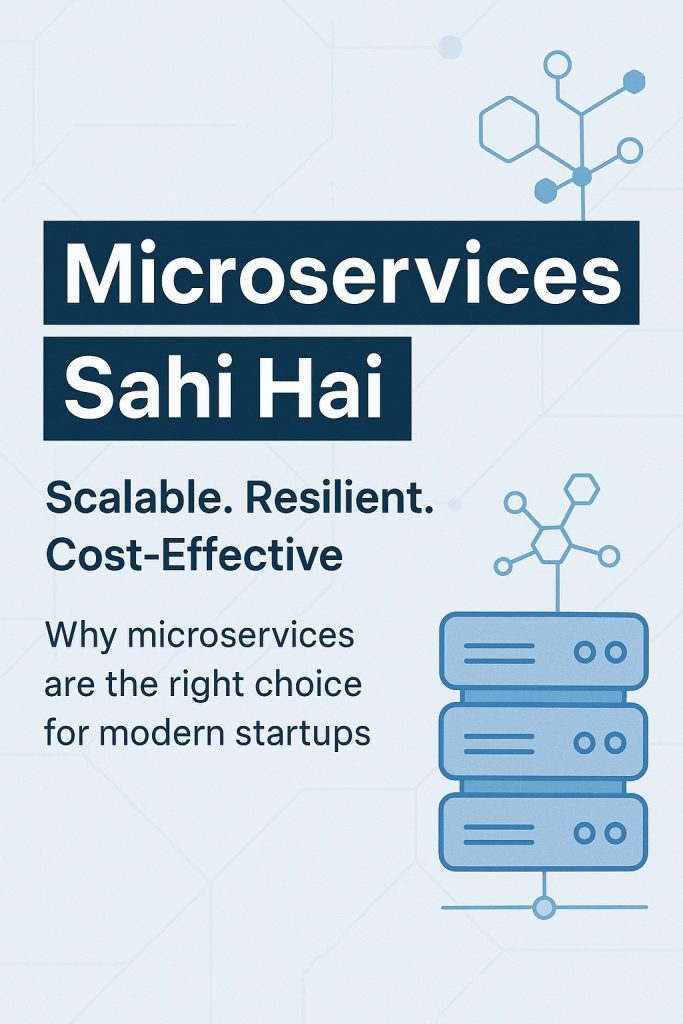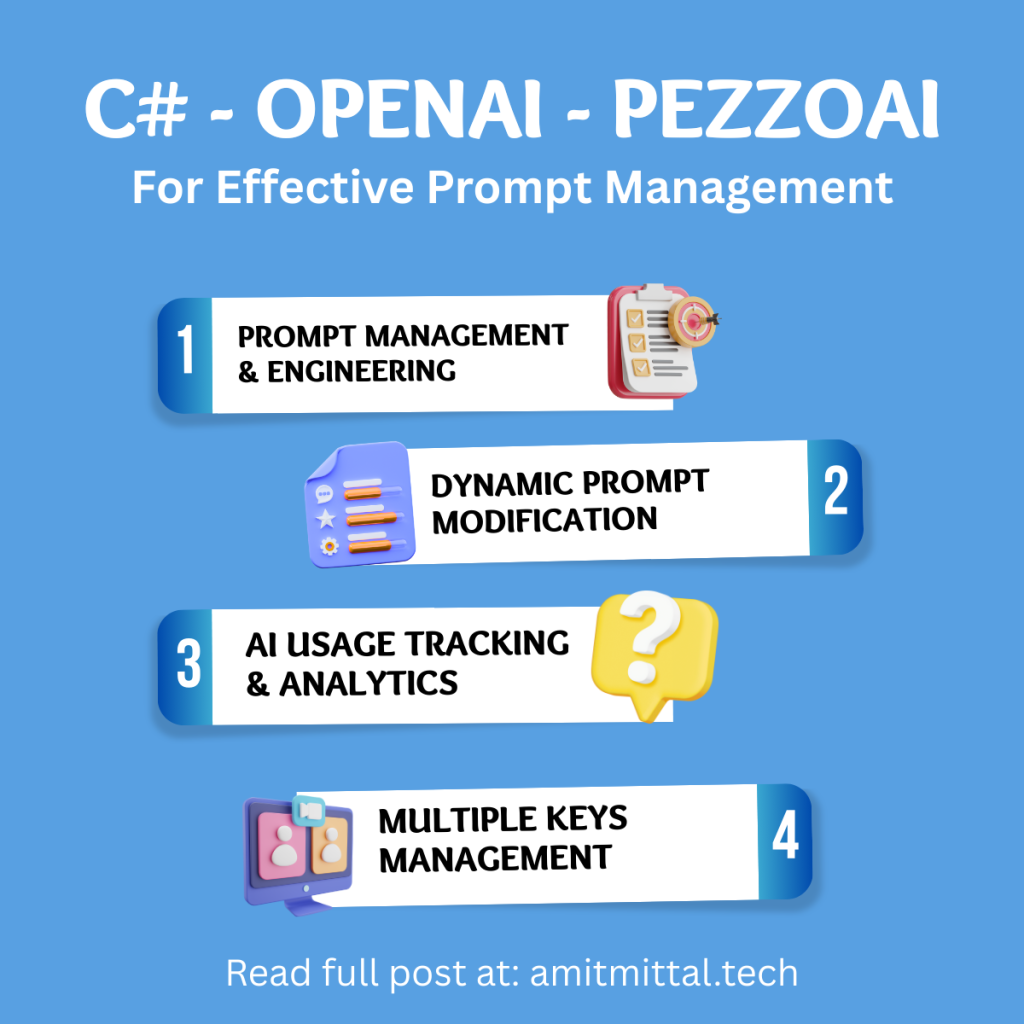Prompt Engineering for Developers: A Beginner’s Guide
Prompt engineering is quickly becoming a...


Microservices Sahi Hai (right thing to do) for your startup.
Microservices have become a buzzword in...

How to Set Custom Headers and Endpoint for Using PezzoAI Proxy with OpenAI’s Official C# SDK
When integrating OpenAI’s C# SDK into...

How I Solved Partial Data Streaming with LLMs in C# for JSON Responses
When integrating Large Language Models (LLMs)...
